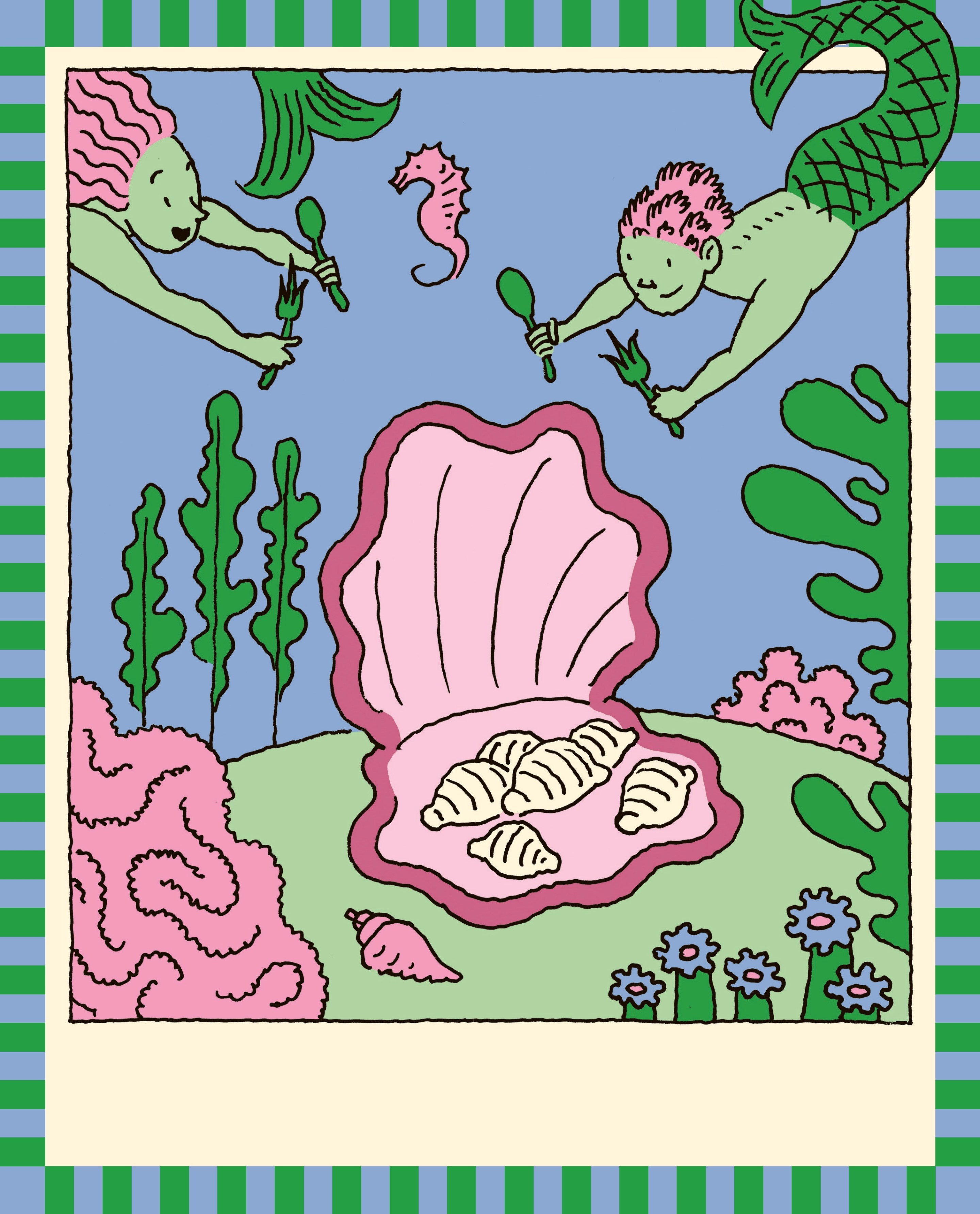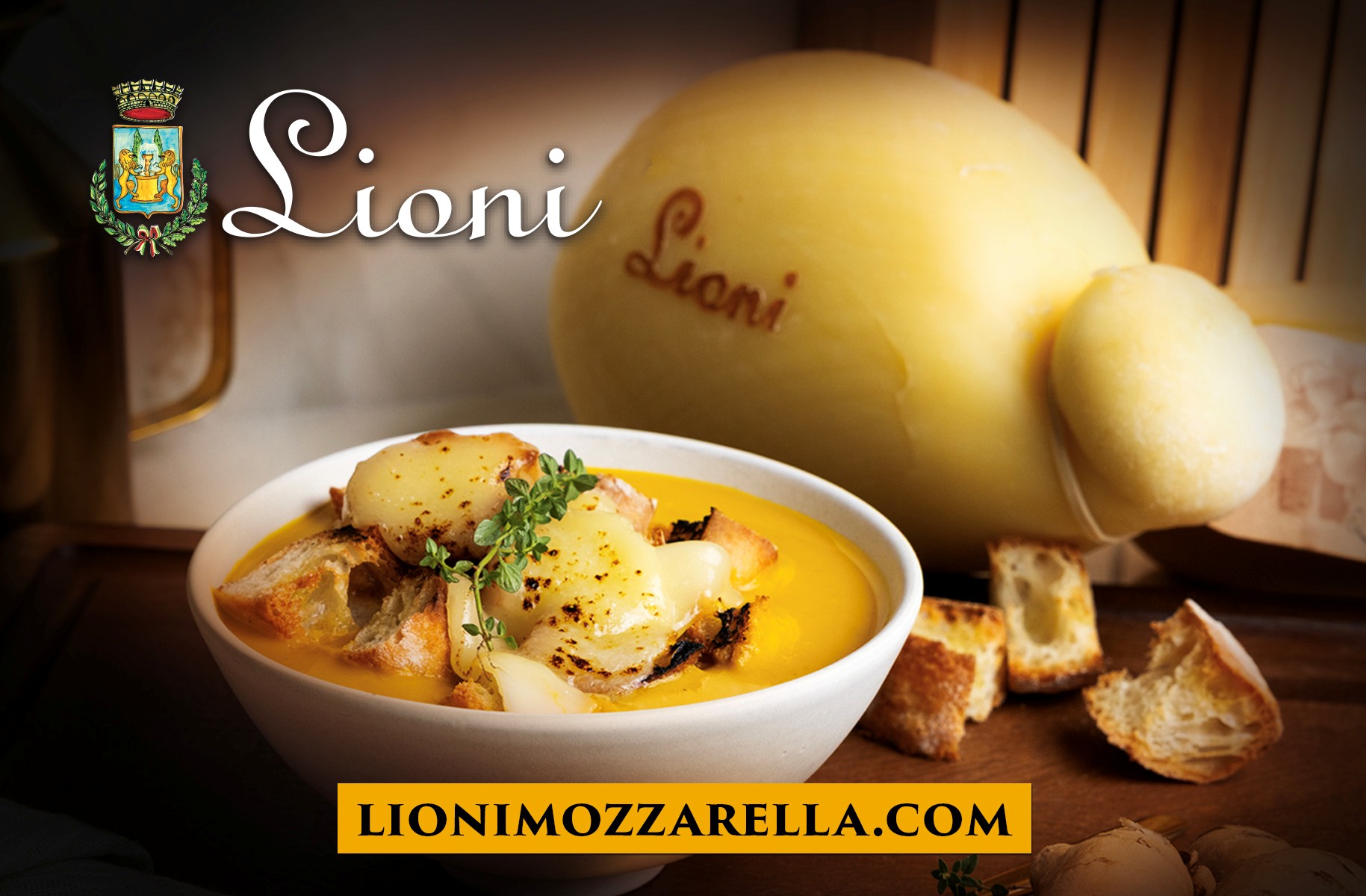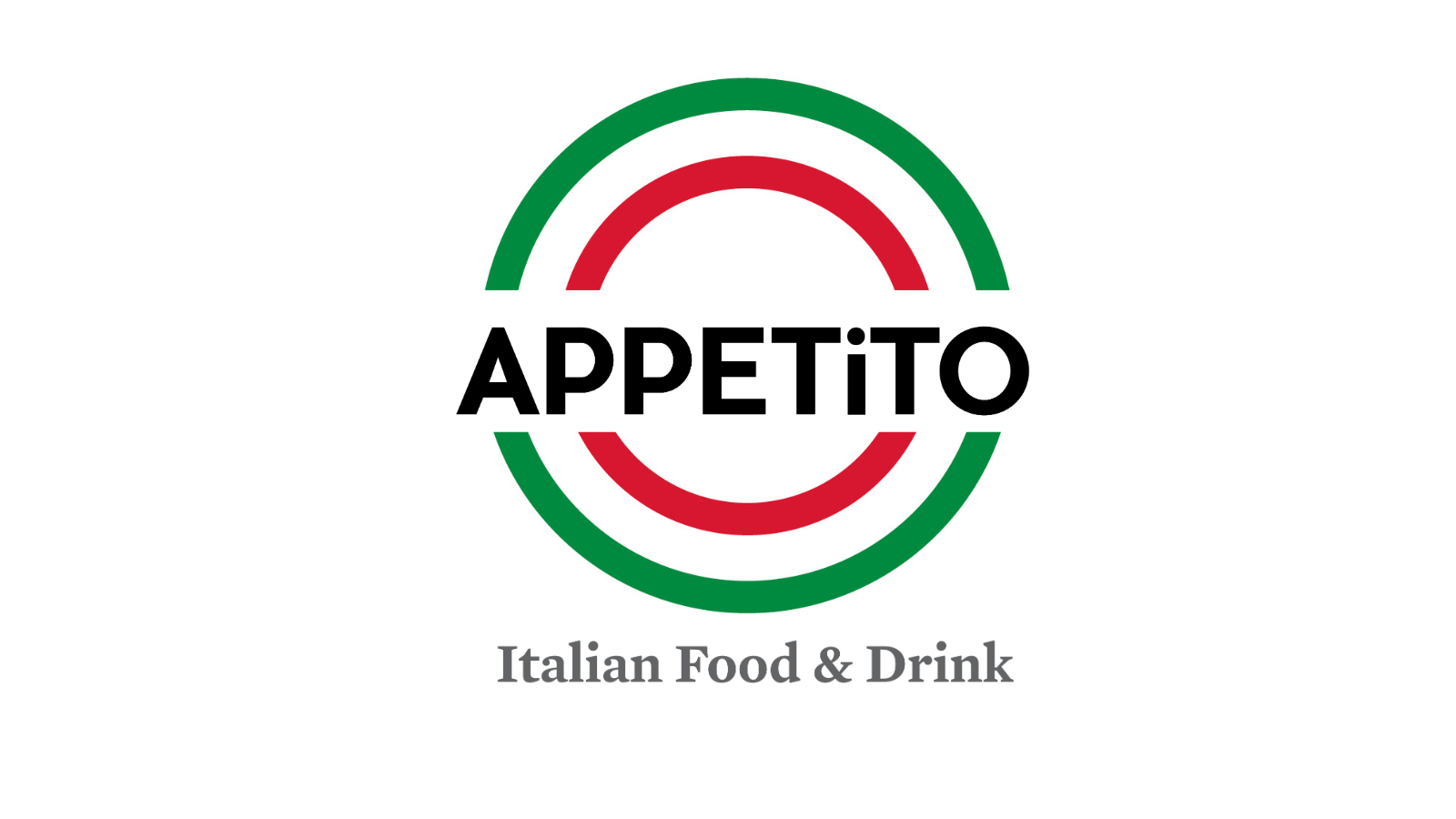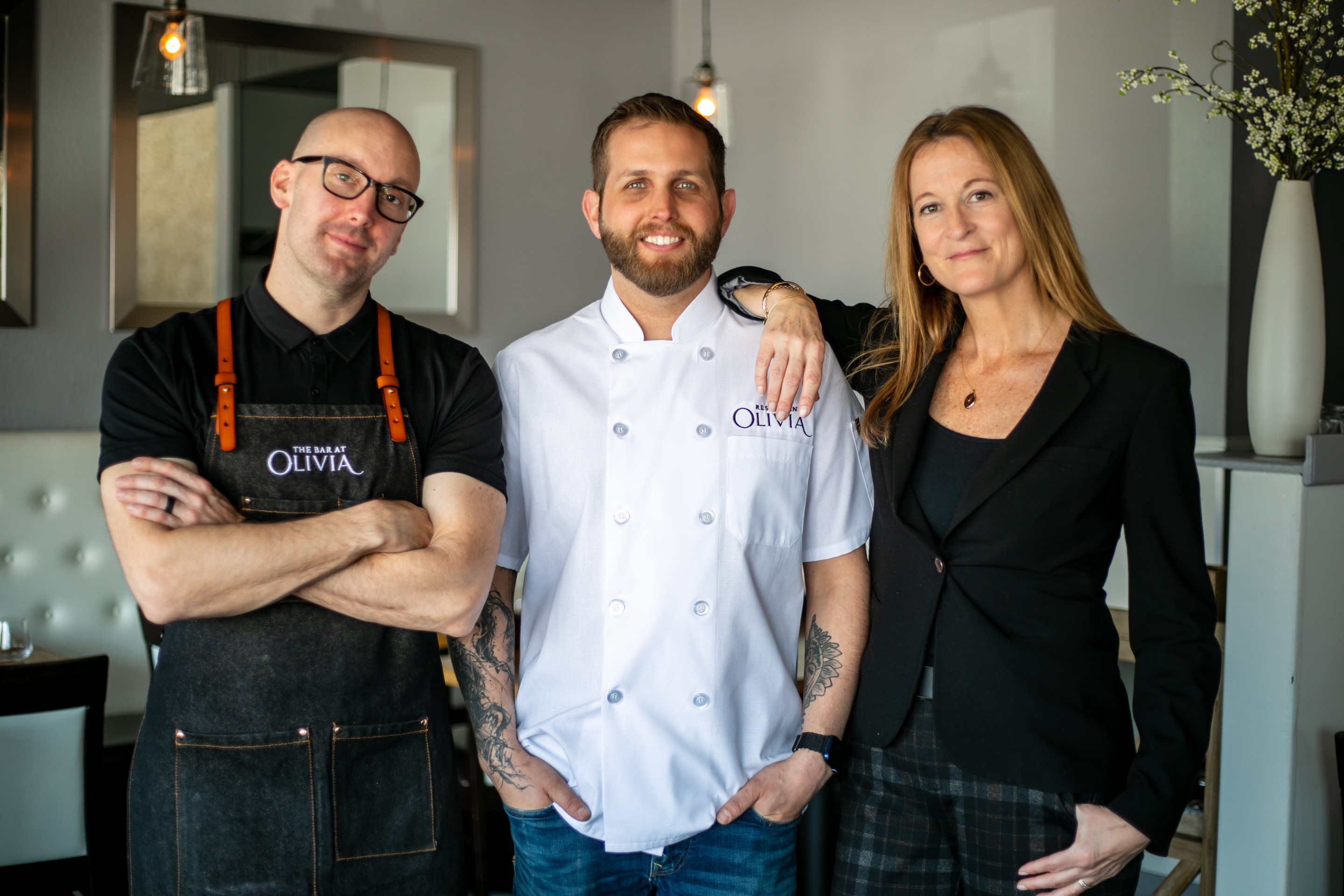“If I had to eat only one food, every day, for the rest of my life, it would be pasta.” So begins illustrator and author Steven Guarnaccia’s new children’s book, The Story of Pasta—and How to Cook It, out today from Phaidon.
The book is colorful, filled with Guarnaccia’s whimsical drawings and playful lettering, but it’s also practical, with explainers for how to make pastas and sauces that will help any beginner get started, young or old. Each of the 35 pasta shapes covered gets its own story, illustrations, and a recipe, created by cookbook author and recipe developer Heather Thomas.
There are obvious shapes, like ravioli and penne, and lesser-known ones like conchiglie and lumachi (get the recipe for the book’s sausage lumachi bake here, and a roasted vegetables mafaldine recipe from the book as well).
Recently, Guarnaccia and I met on Zoom from two different parts of Brooklyn to discuss his love of all things pasta, in a conversation that has been condensed and edited for clarity.
Hi Steven. Before we talk pasta, can you discuss your career and what led up to The Story of Pasta?
Yes. I'm an illustrator and author. My very first illustration was 1977 in the letters pages of The New York Times, but over the years I have been illustrating full time. I was the art director of The New York Times op-ed page for three years. I directed the Parsons illustration program for seven years and was full-time faculty up until two years ago; now I'm Professor Emeritus. And the rest of the time I focus now on writing and illustrating kids books. I work with a variety of publishers. This is the first book explicitly of this type that I've done that was a heavily researched nonfiction book.
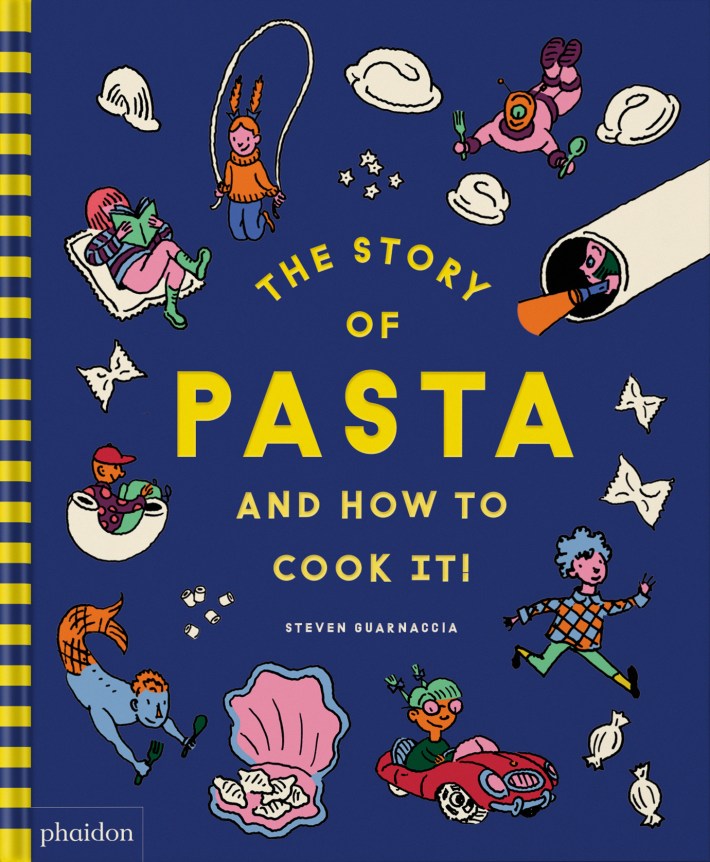
What made you want to focus on pasta?
Originally I was drawn to it almost linguistically, but sculpturally the shapes are so iconic—and it’s one of the reasons kids like them so much. The pasta shapes have great origin stories. I think of them as Italian folk art. I was at Eataly recently with a friend who was saying that you don’t need a pasta machine, that you can roll pasta out to whatever thickness you want, and I sent him a page from the book on tortellini. Italians are incredibly improvisatory but they can also be really nerdy about the details. The Learned Order of the Tortellino, which really exists, establishes official guidelines for exactly how thin pasta dough needs to be—6 to 10 millimeters—and the precise weight of each tortellino, 5 grams. They even say how small they’re supposed to be, 6 uncooked tortellini need to fit in a tablespoon. Members of the Learned Order wear red and gold hats shaped like tortellini. I didn’t make any of this up! So I love the fact that it's folklore but a bit of science. And to me it's exactly what Italian food and cuisine is about.
When you started your research, did you think there were this many pasta shapes, and that each had a story?
My mom is German-Jewish; my dad was born in the States, but his family was Sicilian. We didn't have really homegrown Italian food in the house. My dad really would open a can of Chef Boyardee ravioli, though it wasn't necessarily his favorite thing. Fortunately, you know, spaghetti is almost an American food. It's so ubiquitous. Pasta in general is such a kid-friendly food that it's not like you have to search to find pasta. What I didn't anticipate and what really drove the project were the almost infinite variations. I mean, we've got 35 shapes here. This book was somewhat inspired by a smaller book I published with two Italian friends from Mantova. We decided to put together this little handbook driven by how many different kinds of shapes there were, but really by the language, the realization that almost every shape is a descriptor of what you're eating. I mean, it's either named for a thing like a butterfly or a snail, or it’s named for how it's made.
Or a person: I was just reading your account of mafaldini, which was named after a princess, right?
Yeah, and that story is much sadder than we could include in a book for kids because she was murdered by the Nazis. But yeah, it was language. I'm sure you know this about Italian food, but pastas can look the same but have different names depending on the region, or have the same name but look different. And this was fascinating.
What are some of your favorite shapes featured in the book?
In the 1960s, there was apparently a sighting of UFOs that stopped a football match in Florence. And some enterprising Florentine pasta maker said, I'm going to commemorate that, and he came up with these little UFO pastas, Dischi Volanti, or flying disks. The other one that surprised me was cavatappi, because I thought it had been around forever. It’s corkscrews; it's one of the staples—I figured it must be as old as the oldest pastas. It turns out that Barilla was making penne that got torqued by mistake and decided to produce it. At the time, Adriano Celentano was like the Elvis of Italy. He was known as Il Mologgiato, or “the springy one.” Barilla decided to name this pasta Cellentani. They added an extra “l”; I wasn't able to find the reference for this but I'm guessing it was for copyright reasons. Only Barilla gets to call this shape the Cellantini. Otherwise, it’s known as cavatappi or corkscrews (spirali).

As an illustrator It must have been fun to draw these shapes and illustrations, right?
Absolutely, absolutely. They already are wonderfully designed in and of themselves. And I tend to, in my illustration, work with wordplay and visual metaphor. It was all done for me, virtually. Yeah, it was really a really, really delightful project.
A great example of this is your illustration for farfalle, with butterfly-shaped pasta floating around through the garden. It’s playful and fun.
It's also very lyrical. The other thing I should underline is that I was responsible for the concept of the book, the images, the basic text. Phaidon, who are wonderful, especially in the cookbook category, brought in Heather Thomas to write recipes. I didn't have anything to do with choosing the recipes. I occasionally weighed in on them or I tweaked some of the intro text on the recipes, but I have to give credit to the recipe writer and the photographer. It was fun to put these images in the context of this gorgeous, big book. It opens flat. It's the right size for kids.
What else do you have to say about The Story of Pasta?
Finding the tone of voice was was important for me. I actually gave Phaidon two versions: one that was much more straightforward and one that was really kind of goofy, trying to talk to a kid or to talk to myself as a kid, or to my daughter directly through the book. And that was fortunately the one they went for. Plus, the research was so fun, finding out about all these anecdotes I mentioned. There's another one I found that Thomas Jefferson was one of the first people in the United States to own a pasta machine, partly because he thought, "Oh, this is ingenious," and he loved devices, but also in building a new country, he thought, "Okay, here is a source of food that will be inexpensive to produce." That does sort of encapsulate the importance of pasta, that it's basic and yet it's so versatile.
